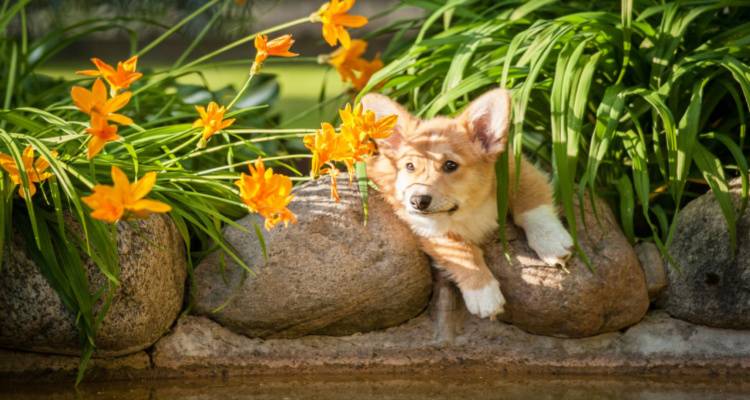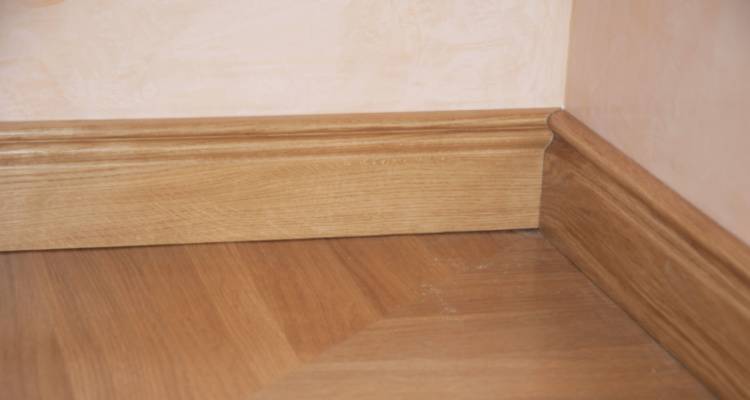Make Your Garden Safe for Pets
As pet owners, we know how much our furry friends love to spend time outdoors, especially in our gardens. However, while our gardens may look like the perfect place for our pets to play and explore, they can actually be filled with hidden dangers that could harm or even be fatal to them.

Therefore, it's important to take the necessary steps to ensure that our gardens are safe for our pets to roam around in.
In this guide, we will be sharing some useful tips and tricks on how to make your garden a pet-friendly environment so that you can enjoy quality time with your pets without any worries.
Identify Common Dangers for Pets
As pet owners, it’s our responsibility to ensure the safety of our furry friends. The same goes for our garden. It may be a relaxing haven for us, but it can be filled with potential hazards for our pets.
Here are some common garden dangers you need to look out for:
- Toxic plants: certain plants can be poisonous to your pets. Some common ones to avoid include lilies, azaleas, daffodils, and oleander.
- Sharp objects: be cautious of sharp objects like gardening tools, sticks, and rocks. These can cause injuries and pose a choking hazard.
- Fertilizers and pesticides: chemicals like fertilizers and pesticides can be toxic to your pets. Be sure to read the labels carefully and keep them out of reach.
- Stagnant water: standing water is a breeding ground for mosquitoes and other insects. These can carry diseases and pose a threat to your pets.
- Fences and gates: your garden may have a fence or gate that could pose a danger to your pets. Make sure they’re secure and properly maintained to avoid accidents.
By identifying these common garden dangers, you can take the necessary precautions to keep your pets safe and healthy. In the following sections, we’ll explore how to make your garden a pet-friendly haven.
Choose Pet-safe Plants for Your Garden
One of the most important aspects of creating a safe garden for your pet is selecting plants that won't harm them.

Many common garden plants can be toxic to pets if ingested, so it's important to do your research and choose pet-safe plants for your garden.
Here are a few options to consider:
- Herbs: many herbs are not only safe for pets but also have health benefits. For example, basil, parsley, and oregano are all safe for pets and can also be beneficial for their digestion.
- Flowers: not all flowers are safe for pets, but there are a few that are. Sunflowers, roses, and snapdragons are all non-toxic to pets.
- Vegetables: Growing vegetables in your garden can be a great way to provide fresh, healthy food for both you and your pet. Some safe options include carrots, green beans, and courgette.
It's important to note that even pet-safe plants should be monitored, as pets can still get into trouble by chewing on or eating too much of them. Keep an eye on your pet while they're in the garden and intervene if necessary.
Avoid Using Harmful Chemicals in Your Garden
While gardening may be a great way to unwind, it’s important to remember that many common gardening chemicals can pose a serious threat to your pets. Avoid using chemicals such as herbicides, pesticides, and fungicides in your garden to protect your furry friends from potential harm.
Instead, opt for natural alternatives like vinegar and soap solutions for weed control, and consider companion planting to help keep pests away. If you must use chemical products, read the labels carefully and follow instructions to the letter. Also, make sure to keep your pet away from treated areas until the chemicals have fully dissipated.
By being mindful of the chemicals you use in your garden, you can ensure that your pets stay healthy and happy. Plus, it’s better for the environment too!
Install Fencing and Barriers to Keep Your Pet Safe
When designing your garden with pets in mind, it's important to keep them safely contained within the designated area. Installing a fence or barrier can prevent your furry friend from wandering off and encountering potential dangers outside your property.
A traditional fence or a low wall can be an effective way to keep your pet safely contained. However, if you don't want to obstruct your garden view, consider using a transparent mesh or netting instead. This can be easily attached to existing fencing or posts to create an enclosed space.

If you have a large garden or property, consider using an electric fence. This can provide a reliable barrier for larger animals and ensure that they remain safely within the confines of your garden. Make sure to consult with a professional to ensure the proper installation of an electric fence.
Additionally, barriers can also be used to create safe spaces within your garden for your pet. This can be a designated area for digging, playing or simply relaxing in the shade.
When choosing a fence or barrier for your garden, be sure to select a material that is durable and pet-friendly. Avoid using toxic materials or sharp edges that may harm your pet.
Add Lighting for Better Visibility
When it comes to creating a safe garden for your pets, adequate lighting is often overlooked. However, adding lighting to your garden can make a significant difference in ensuring the safety of your pets, especially at night.
Not only does it increase visibility, but it can also deter potential predators and intruders from entering your garden.
One of the easiest ways to add lighting to your garden is to install solar-powered lights. These lights are eco-friendly and do not require electricity, making them a practical option for those looking to save on their energy bill.
Additionally, they come in a variety of styles and sizes, making it easy to find a design that complements your garden's aesthetic.
If you prefer a more permanent solution, consider installing wired lights around the perimeter of your garden or along walkways. You can hire a qualified electrician to install light fixtures for you or follow a DIY guide if you're confident in your abilities. Make sure to use waterproof fixtures to ensure they can withstand harsh weather conditions.
Besides improving visibility and safety, adding lighting can also create a beautiful ambience in your garden. Use different types of lights, such as spotlights, path lights, or string lights, to highlight different features of your garden. For example, place path lights along a pathway, spotlights near a fountain, or string lights around a tree.
Last updated by MyJobQuote on 31st May 2023.







